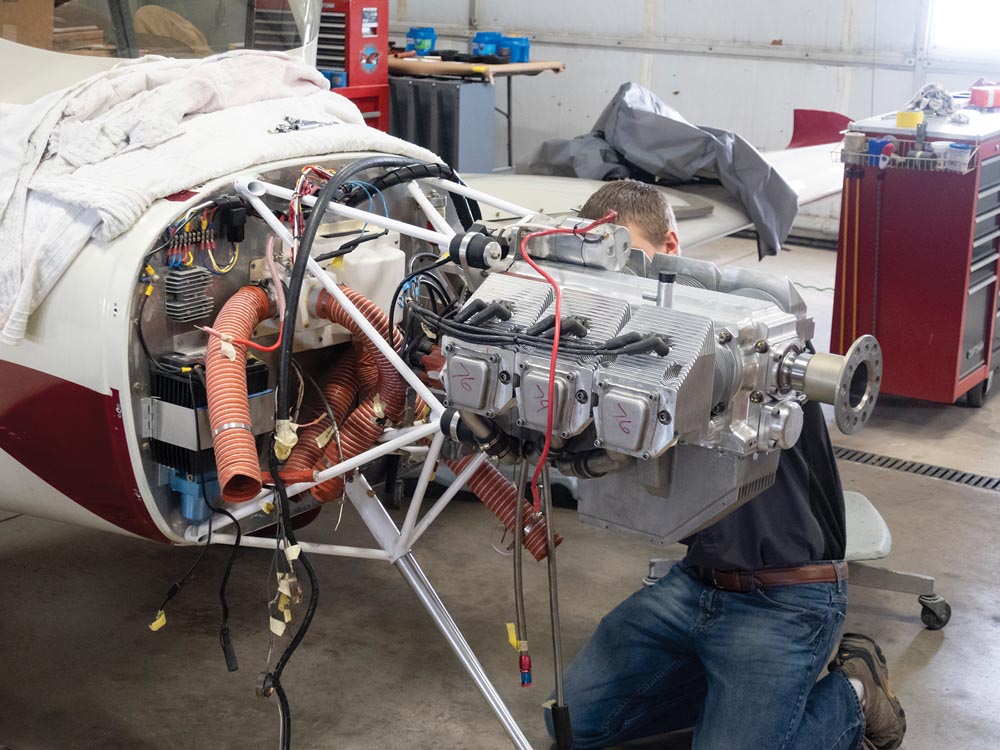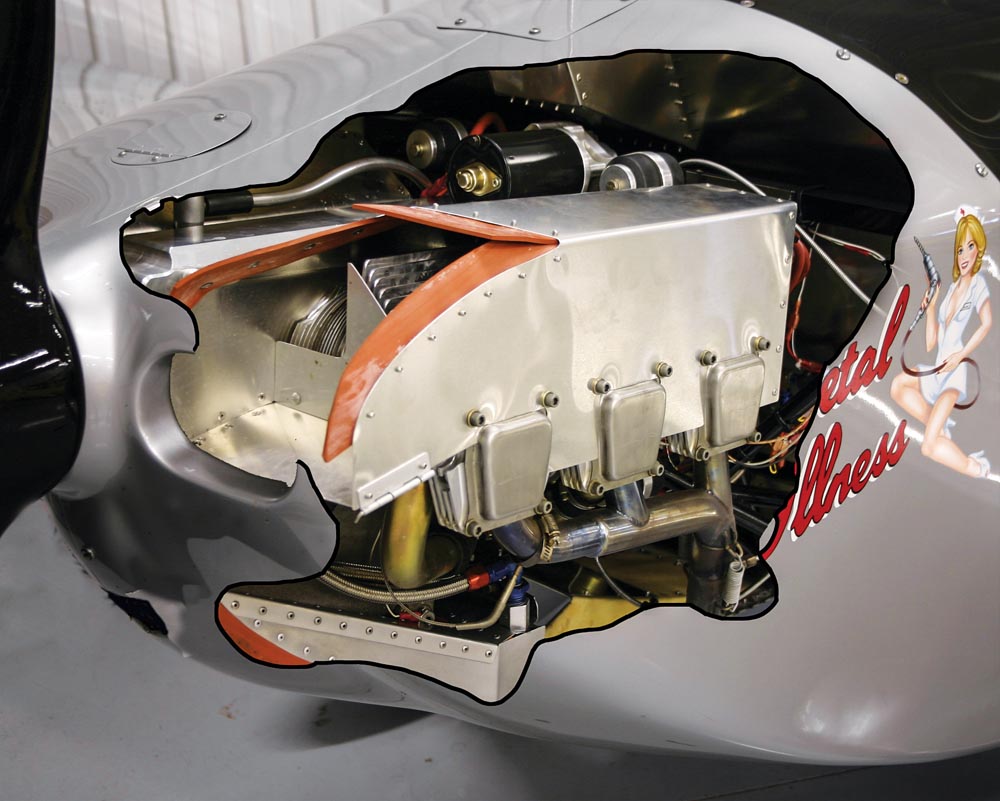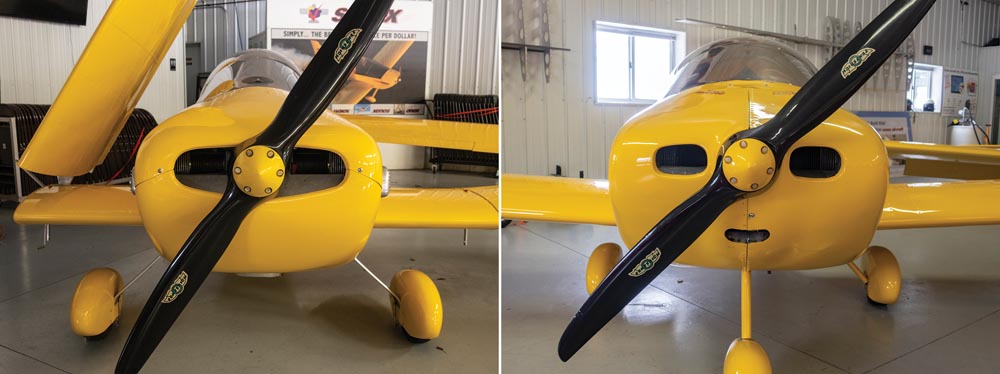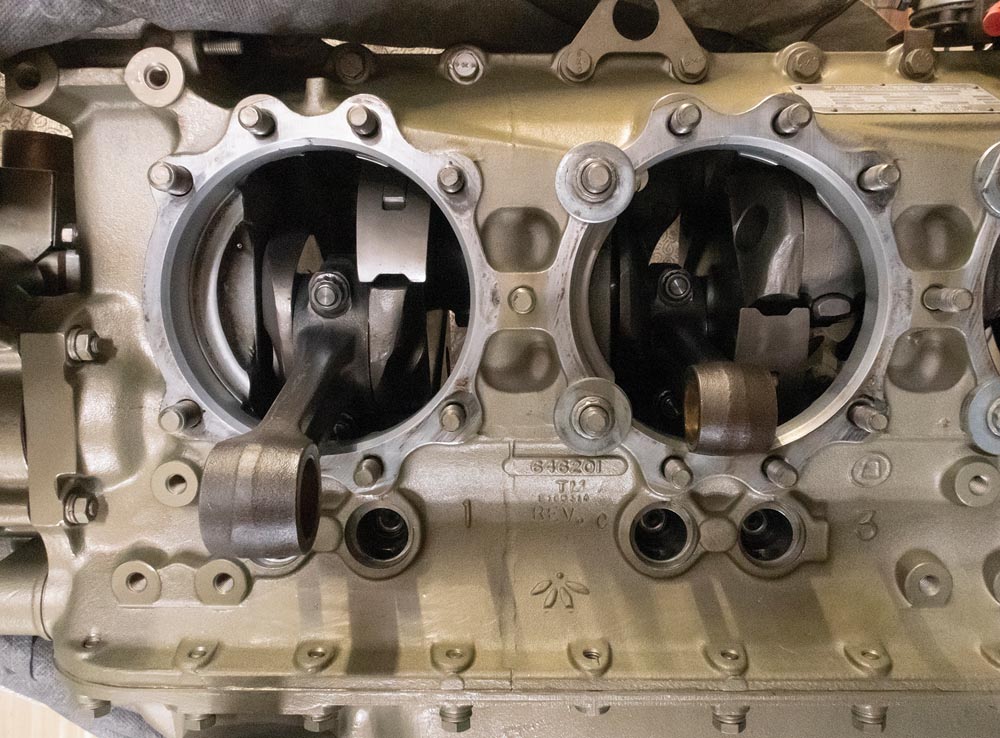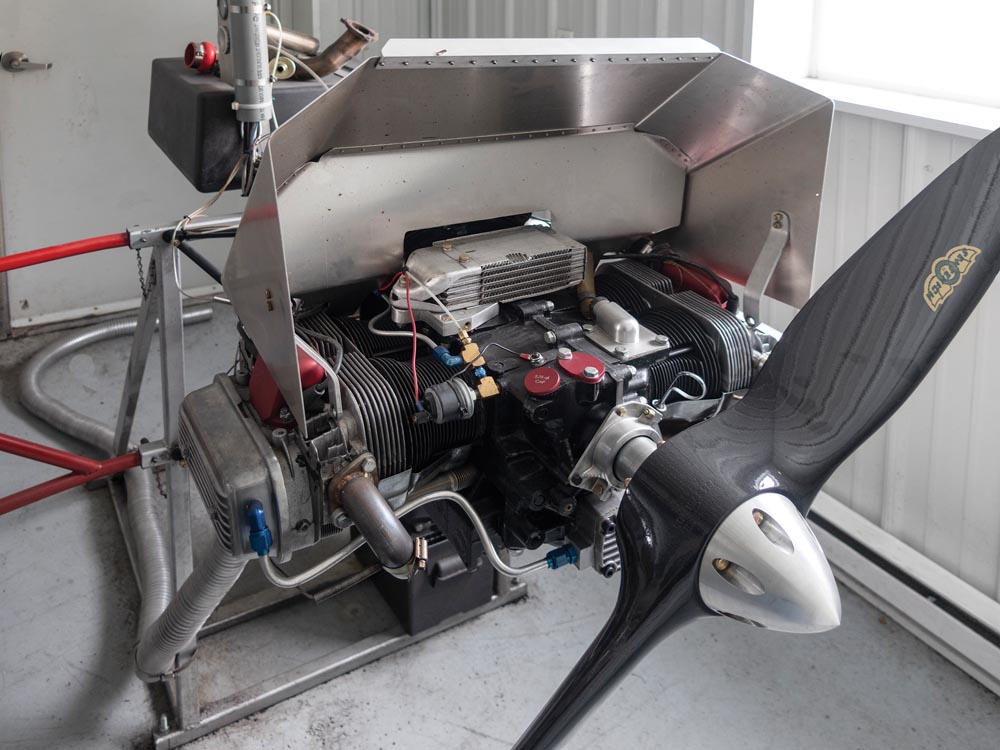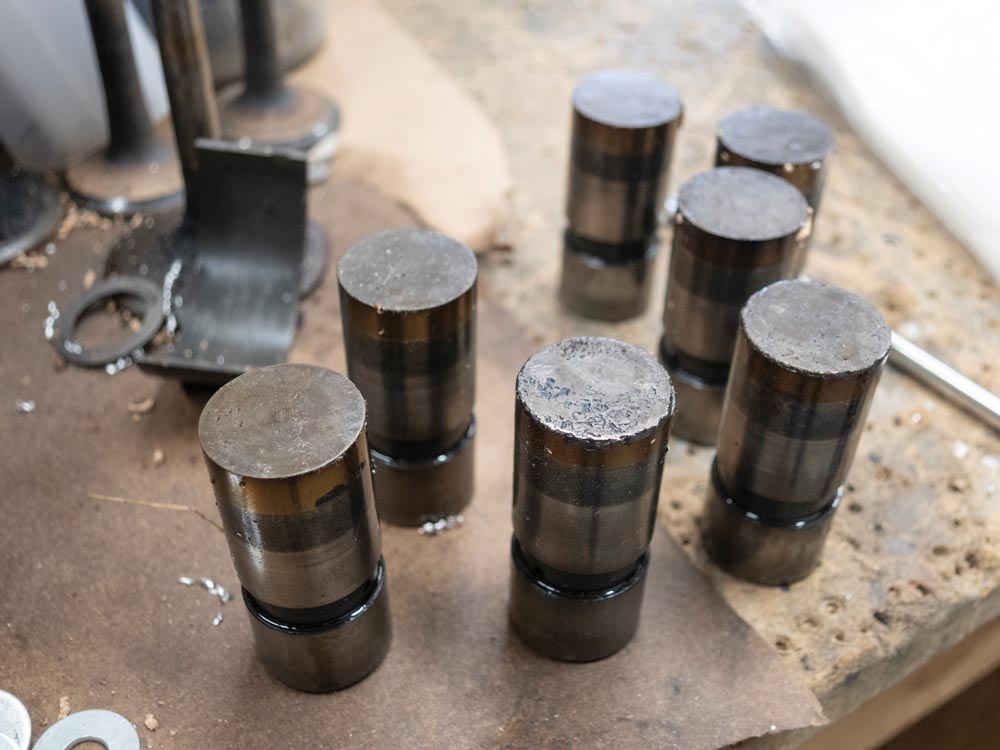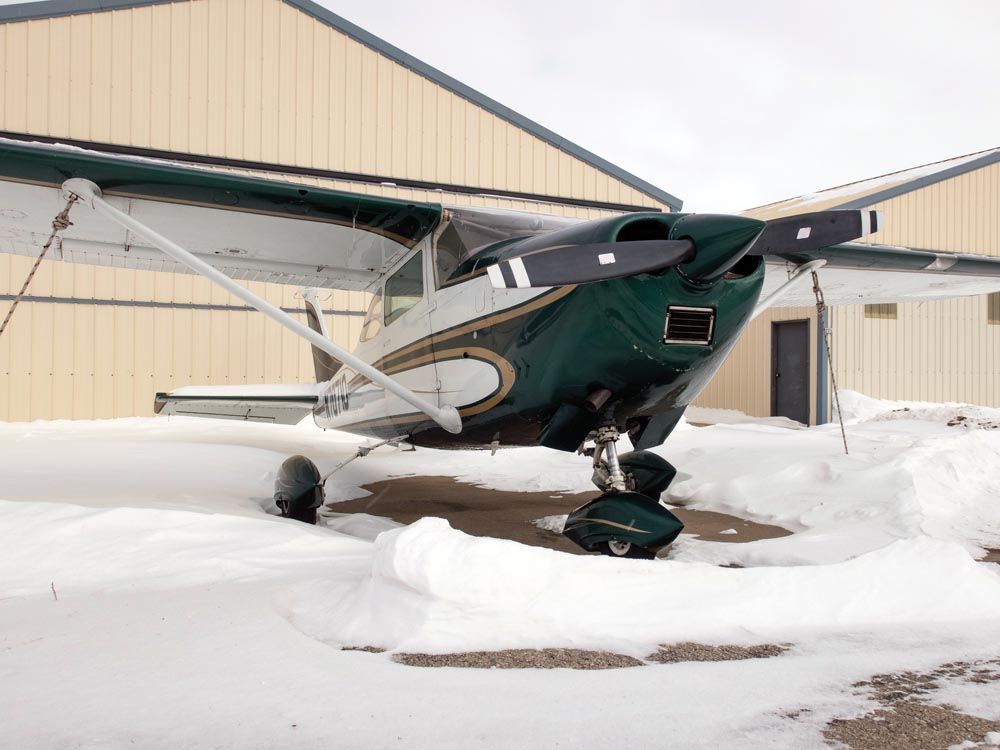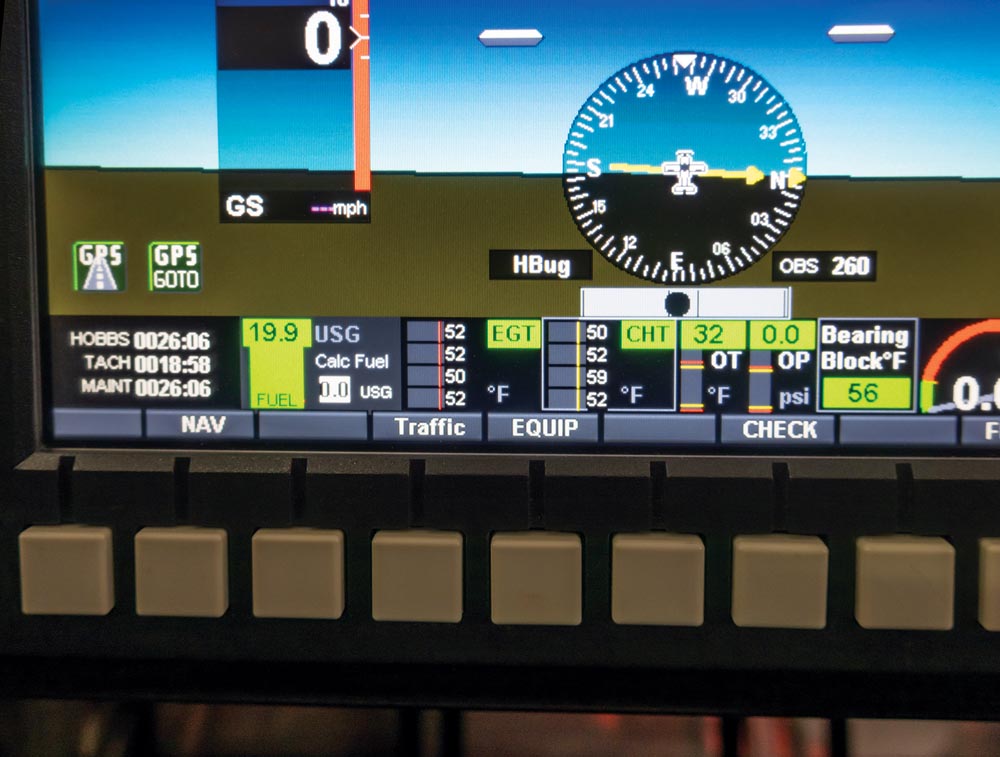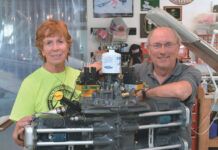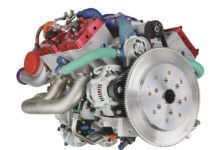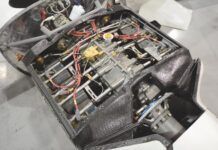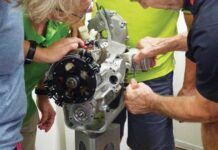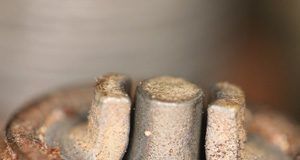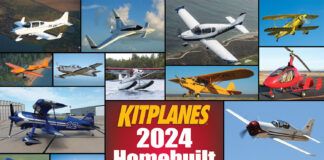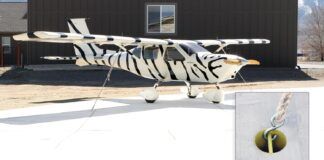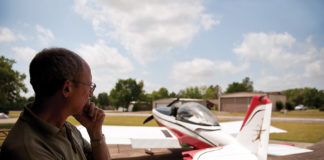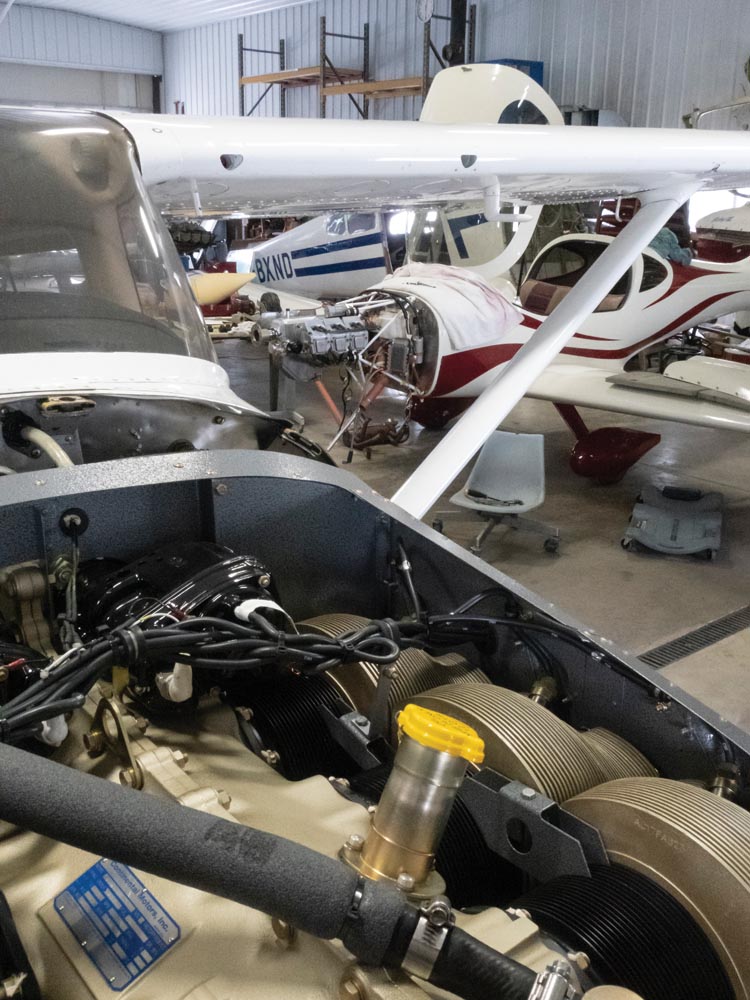
Which engine is the most reliable? This is an understandable question. Given a choice, who wouldn’t put the most reliable engine on their aircraft? When I’m asked this question my answer is honest and straightforward: All of them are reliable, and none of them are reliable. All engines, regardless of manufacturer, are mechanical devices and mechanical devices can fail.
Yes, an engine’s reliability begins at the design and manufacturing level (more on that later) but their ongoing dependability relies on how well they are installed, broken in, operated, maintained, and how often they are flown. Any engine that boasts a fleet of successful, flying installations can be deemed “reliable.”
Fleet hours and units in service are a great yard-stick for reliability but every engine design begins with a single unit and a handful of hours. New engine designs are always coming to market. Some survive, others don’t. The market culls the weak ones and the survivors see their numbers and applications grow. In this article I’m addressing the survivors.
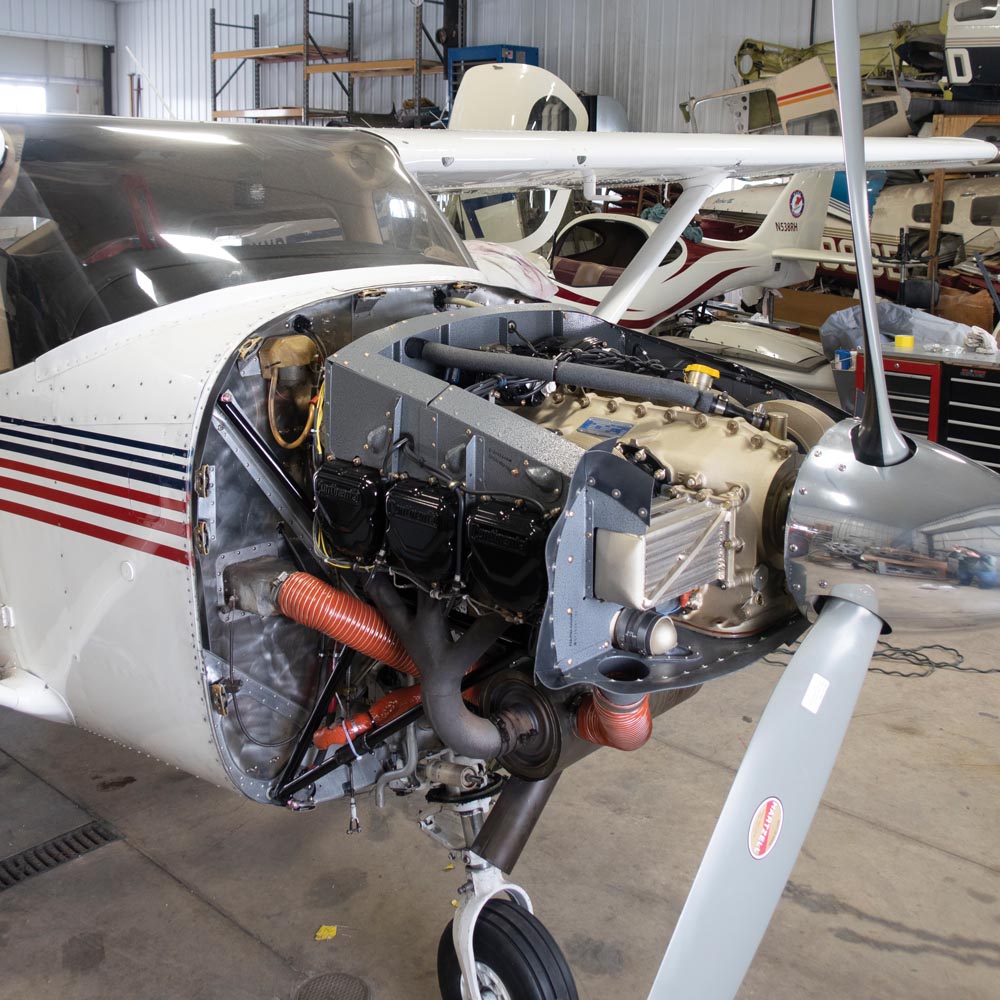
It’s important to define what an engine failure is so we are all playing on the same field. I define an engine failure as the failure of a component supplied by or specifically recommended by the engine manufacturer. That may be a part that is physically bolted to the engine during its manufacturing process or a manufacturer’s specific oil or oil filter recommendation. Granted, it could be hard to argue an engine failed because of the oil, but it would be easy to argue one failed because an oil vastly different from that recommended by the manufacturer was used.
An engine failure should not be blamed on the core engine or design if it has been altered. Here’s an example. An owner of a popular 6-cylinder engine, in his quest for even exhaust gas temperatures, replaced the stock intake manifold, mechanical fuel pump, and carburetor with an aftermarket fuel injection system. The electric fuel pumps required for the aftermarket system stopped pumping and the aircraft was severely damaged when it came down in trees. By fixing a non-problem, a failure mode was introduced that the engine, as designed, would have never experienced. I would not call that an engine failure.
No two engine installations on homebuilt aircraft are alike, and that is a significant factor in the reliability of any particular engine. A poor installation can shorten the life of the most reliable engine core.
Certified vs. Non-Certified Engines
Surely an argument can be made that a certified engine is more reliable than a non-certified engine; they’re branded “certified” by the government and that must stand for something In simplified terms “certified” means the engine meets the FAA’s criteria (see 14 CFR, Part 33) for parts and systems reliability, performance, endurance, and the necessary support documentation for installation, maintenance and repair of the engine has been developed. The on-going reliability of a certified engine hinges on its correct installation, operation, and maintenance just as it does for a non-certified engine. In the realm of experimental aircraft there is no such thing as a “certified” engine installation, whereas the entire engine and installation on a certified aircraft is, well, “certified.” It’s worth noting a certified engine on an experimental aircraft does not need to continue to conform to its original type certificate.
Non-certified engines range from the popular auto engine conversions, like those based on the original VW Type I engine, the Corvair engine, and even the Model A engine (made popular and still used by the Pietenpol community), to engines designed specifically for aircraft use like ULPower, Jabiru, D-Motor, and more. Some, like Jabiru, are certified outside the United States.
All of these engines are capable of providing great service. All of these engines can fail. A builder I know lost faith in the Brand A engine he had been flying, though he was never able to quantify his lost faith, and swapped the engine out for Brand B. Shortly thereafter he glided into a field without power and the airframe was totaled. No cause for the loss of power was determined.
A cutaway view of the author’s engine installation. This is the standard installation of a Jabiru 3300 on a Sonex airframe, but duplicating this installation on a slower airframe may deliver poor results.
Engine Installation
A constant thread throughout my articles is the human factor in homebuilding. I cannot overstate its impact on the success of a homebuilt aircraft. It applies to airframe construction as well as the installation of a factory-fresh engine. On the surface, installing an engine appears to be nothing more than lifting it from the crate, bolting it to the airframe, and plumbing and wiring it. However, I’ll argue the biggest factor in a reliable engine installation is keeping it cool.
Matching an engine installation to an airframe is critical to the engine’s success. Consider that a 100-hp engine on a 150-mph airframe gets far more cooling air passing through its cylinders than the same engine on an 80-mph airframe. To that end, some aircraft designers and engine manufacturers have developed installation packages specific to common airframe/engine combinations. These packages often include a cowling (with specific opening recommendations) and cooling fences.
Proper cooling is key to engine longevity, and each engine/airframe combination will have unique cowl and cooling baffle needs to provide that cooling. Both of these airframes have the same engine, yet they have different cowl openings.
This is where each builder’s skills and attention to detail comes in to play. Gaps in the cooling baffles and incorrect (or purposely modified) cowl outlets and inlets play a large role in an engine’s ability to keep cool. When you cross paths with someone complaining about the engine problems they’ve had, trace your eyes down the airframe it’s mated to. Is the airframe rough? Are the tires bald? Is the N-number gold stick-on letters intended for a mailbox? If so, the engine installation (as well as its operation and maintenance) likely suffers from the same lack of skill or caring.
Engine Break-in or Engine Breaking?
Builders worry about breaking their engine while bringing them to life. They baby them, not trusting the break-in instructions, and the results can be exactly what they are trying to avoid; a damaged engine. Some engines are broken in by flying at full throttle for an hour or so as soon as possible after the first start. I recall my flight instructor doing this with his Cessna 150 after the engine had been rebuilt. The purpose is to seat the rings in the cylinders. Failure to do this can result in glazed cylinders, whose symptoms include lack of power and high oil consumption. This full throttle break-in is done in the air, not on the ground, so the engine cools properly. Common sense must prevail, however, and the throttle must be manipulated as necessary if the oil or cylinder head temperatures threaten to spike.
Any engine is prone to failure from human error. These failures are most likely to occur when an engine is new or has just come out of maintenance.
I’ve counseled a surprising number of builders who’ve racked up hour upon hour trying to cool their air-cooled engine on the ground before they commit to their first flight. They don’t grasp that an air-cooled engine relies on air passing through the cylinders, and ground running cannot provide the necessary airflow. The high temperatures they witness after a 20 minute ground run at partial throttle convinces them those temperatures will soar under flight conditions, when full throttle is applied. Their attempt to solve a perceived problem causes untold damage, and if the engine does fail it cements in their mind that they were correct all along.
Some engines are broken in on the ground, through a series of prescribed runs at varying powers and for varying lengths of time. This type of break-in procedure is more common on liquid cooled engines that can be broken in on the ground with less risk of overheating. As difficult (and damaging) as it would be to break-in an air-cooled engine at full throttle on the ground, it would be equally difficult to break-in an engine that requires short periods of varying throttle settings in the air. Bottom line? Trust and follow the engine manufacturer’s break-in instructions.
This air-cooled engine is in an engine test cell where it is kept cool with a custom baffle that forces the prop wash through the cylinders. An air-cooled engine cannot be properly cooled during extensive ground operations with its cowling on or off.
Operate in the Green
Every engine has operating limitations that define its maximum and minimum operating temperatures and pressures. This “green arc” is where the most reliability and longevity is derived. Your engine may operate in a different part of the green arc than your friend’s identical engine on an identical airframe but that is not an indication of trouble, it is the nature of engines and homebuilts.
Questionable instrument indications can often present themselves when an engine is placed into service but these can usually be traced to a defective sender, poor wire connection, or an incorrectly programmed instrument. If you see questionable readings, confirm their accuracy with alternate gauges or senders, or with a laser thermometer. Then, if necessary, troubleshoot the engine and its installation using the typical diagnostic methods. I will go out on a limb and say that most “high CHT” issues are related to cowling and cooling baffle installations, not the engine itself. In time you’ll get to know what is normal for your engine. When you see a deviation from your normal, take it as a sign of trouble and investigate.
Airplanes and engines are designed for typical operating conditions and seldom does the designer of a recreational aircraft or general aviation engine consider the needs of someone who revels in flying in extreme heat or cold. Some days the best thing you can do for your engine is leave it in the hangar.
These lifters, removed from a certified engine, show serious signs of corrosion. This can happen when an engine sits unused for long periods of time.
Fly Regularly
Flying regularly is a significant factor in an engine’s reliability and longevity. “Honey, I have to fly to prevent an expensive engine repair.” When I sold my Sonex, the buyer requested that I continue to fly it until he could arrange for its pick-up. This wasn’t a kind gesture on his part; he wanted the engine to remain exercised because an engine that sits begins to deteriorate. Moisture slips in through the carburetor, exhaust pipes, and engine breather, goading corrosion to form on all the finely machined ferrous surfaces in the engine.
Moisture degrades the electrical paths. Oil grows weary of clinging to the wear surfaces it’s supposed to protect and retreats to the oil sump. Fuel, particularly auto fuel, ages, loses its potency, and turns to varnish with a penchant for plugging small orifices in carburetors. Seals and gaskets wither. Batteries deteriorate. None of this occurs in an engine that enjoys regular use.
Some of these conditions can be seen as inconveniences; a weak battery can be charged, corroded terminals can be sanded. The damage done, however, when dry piston rings are explosively compressed against corroding cylinder walls is immediate and cumulative. At a minimum the cylinder walls are micro-scored. In time worse things can happen, like fractured piston rings and the havoc that ensues when those large pieces of metal get tossed around inside your case and combustion chambers.
Routine Maintenance
I’ll admit it, it’s more fun to build and fly than it is to maintain. When you think of slacking off on the maintenance, maybe letting the valve adjustment go another month so it coincides with an oil change, consider the possible consequences. If you can’t think of what they may be, I have a story that will help.
This is a true story about a person whose identity I wish to protect. I will call him “Bill” as that is what his parents, Mr. and Mrs. Kelso, called him. Bill was loaned, for barnstorming purposes, an airplane equipped with an engine that required the cylinder heads be torqued and the valves adjusted at regular intervals. This is common on air-cooled engines with solid lifters.
After a few weeks of barnstorming he experienced performance issues, which ultimately grounded the aircraft and prematurely ended his summer of barnstorming. The party that loaned him the aircraft sent a flatbed trailer to recover it from a few states away. Initial exam revealed a propeller that spun freely, indicating an almost complete lack of compression. Broken crank? Pistons with holes? Broken valve train? Nope. Failure to keep up with routine maintenance caused the valves to get so far out of adjustment that they weren’t closing enough to provide compression. The cylinder heads were torqued, the valves were adjusted, and the aircraft was again airworthy. An expensive recovery mission was needed and a summer of barnstorming ended for lack of routine maintenance.
Maintenance can be a double-edged sword. (Wow, this aircraft-owning stuff isn’t for the casual observer.) A Cirrus floated from the sky on its parachute after its engine lost power. A certified engine on a certified aircraft fell victim to a certified mechanic who failed to tighten a hose clamp on an intake manifold. Engine failure? No, human error. It’s ironic that the maintenance we perform to keep our engines as reliable as possible can cause a failure, but it is not uncommon. When performing maintenance remain aware of what parts have been touched by hands and tools—both purposely and accidentally—in the course of maintenance and always perform a post-maintenance inspection and test flight.
The temperatures displayed on this EFIS range from 32 to 59 degrees, yet this aircraft had been sitting in a heated hangar, undisturbed, for weeks. This illustrates how displayed temperatures should not be taken as definitive. Trust but verify, and get to know what “normal” is for your particular aircraft.
Luck Be a Laborer
Luck isn’t something aviators want to count on. It can’t be quantified or controlled, it can only be acknowledged as a player in the game. Luck’s role in engine reliability usually plays out when an engine is first put in service or is fresh out of maintenance (as described above) and it typically plays out as bad luck. It presents itself as an immediate component failure and is traced to a defective part or workmanship. A friend and I purchased identical motorcycles from a manufacturer with a reputation for bulletproof engines. The motorcycle was limited production and available only by advanced order. We both received our bikes at the same time, in the same geographical location. The likelihood our bikes were neighbors on the assembly line is extremely high. My bike was flawless, as one would expect. My friend’s bike developed a knock within minutes of starting the engine. He was a regional sales manager for the company that manufactured the bikes and therefore had quick access to service as well as a detailed follow-up on the problem, which was a connecting rod that had not been properly torqued. Who knows how it happened—an assembly-person who lost track of what he was doing?—but it happened.
Which engine is the most reliable? All of them and none of them. From my experience most engine failures are installation, operation, and maintenance errors. We must accept that no engine is completely reliable and that we, as installers, operators, and maintainers, bear much of the responsibility for this. Because we task engines with keeping us in the air where nature never intended us to be, engines seldom fail at a “good” time. Therefore, we must fly in a manner that lessens the consequences of an engine failure.
For the ultimate in engine reliability we need to look to the soaring community. There isn’t a single documented engine failure in the soaring community. The piston-powered community, however, has posted engine failures for every engine that has ever been bolted to an airframe. Clearly, the soaring community has engine reliability figured out.


